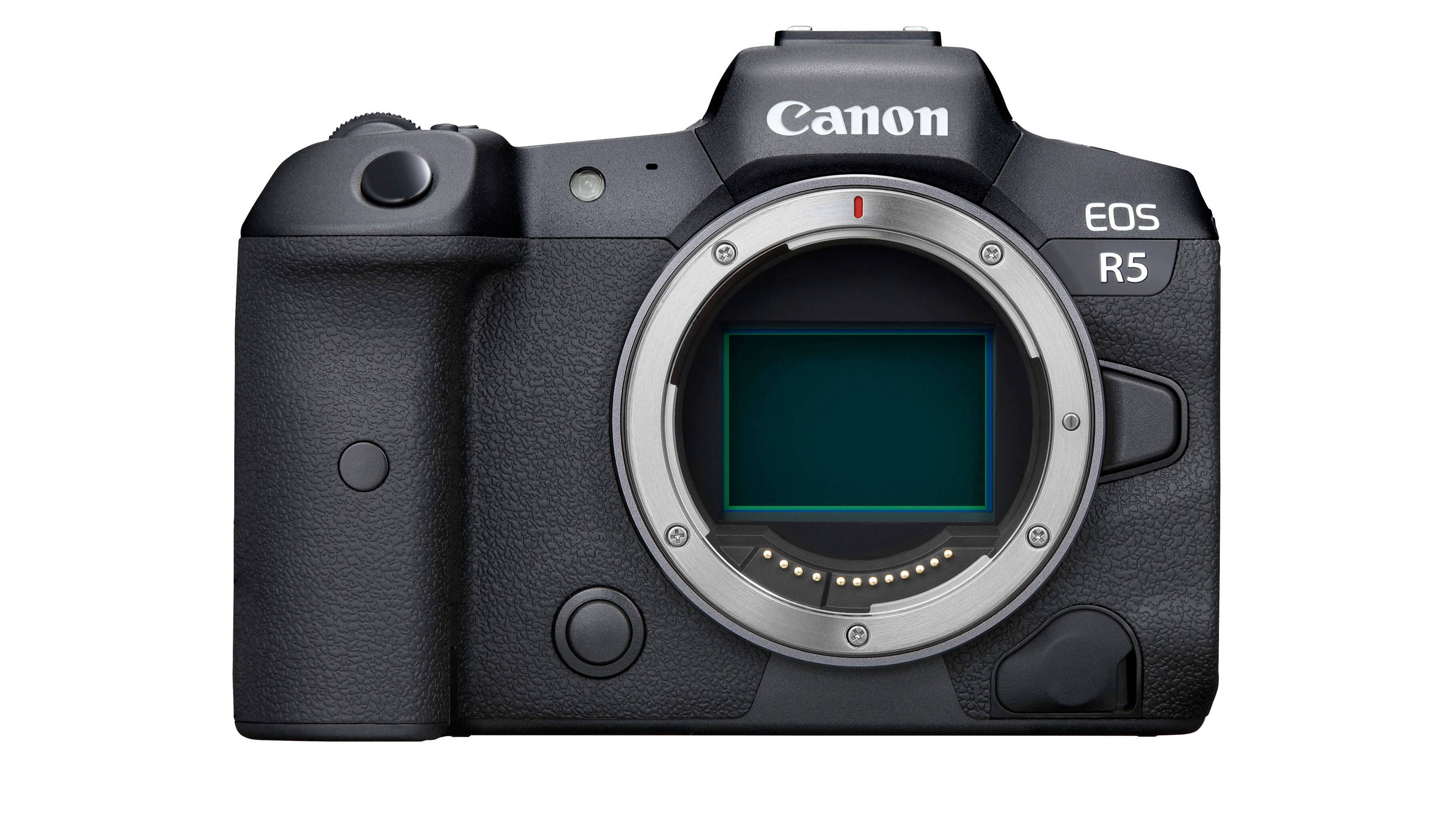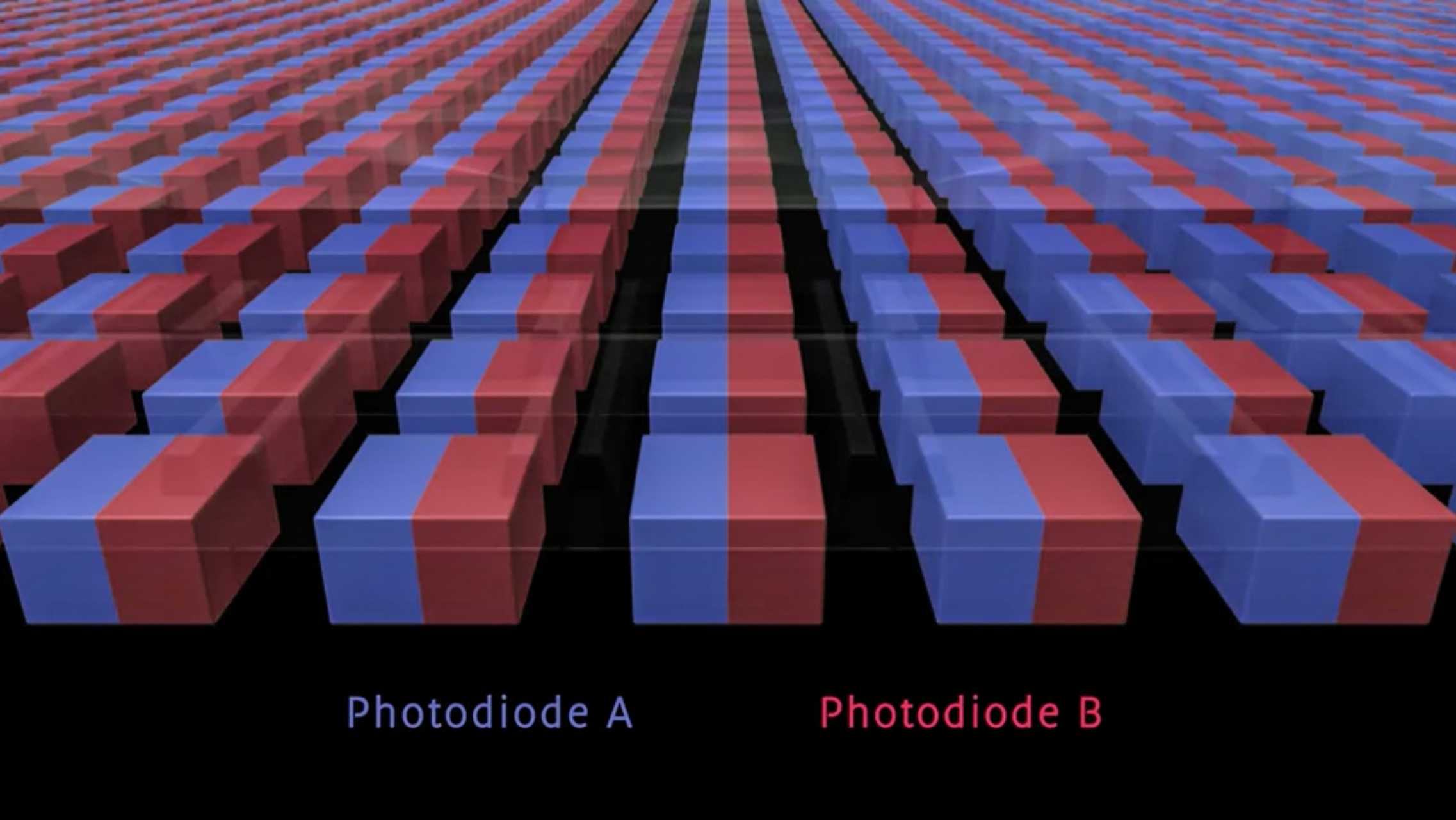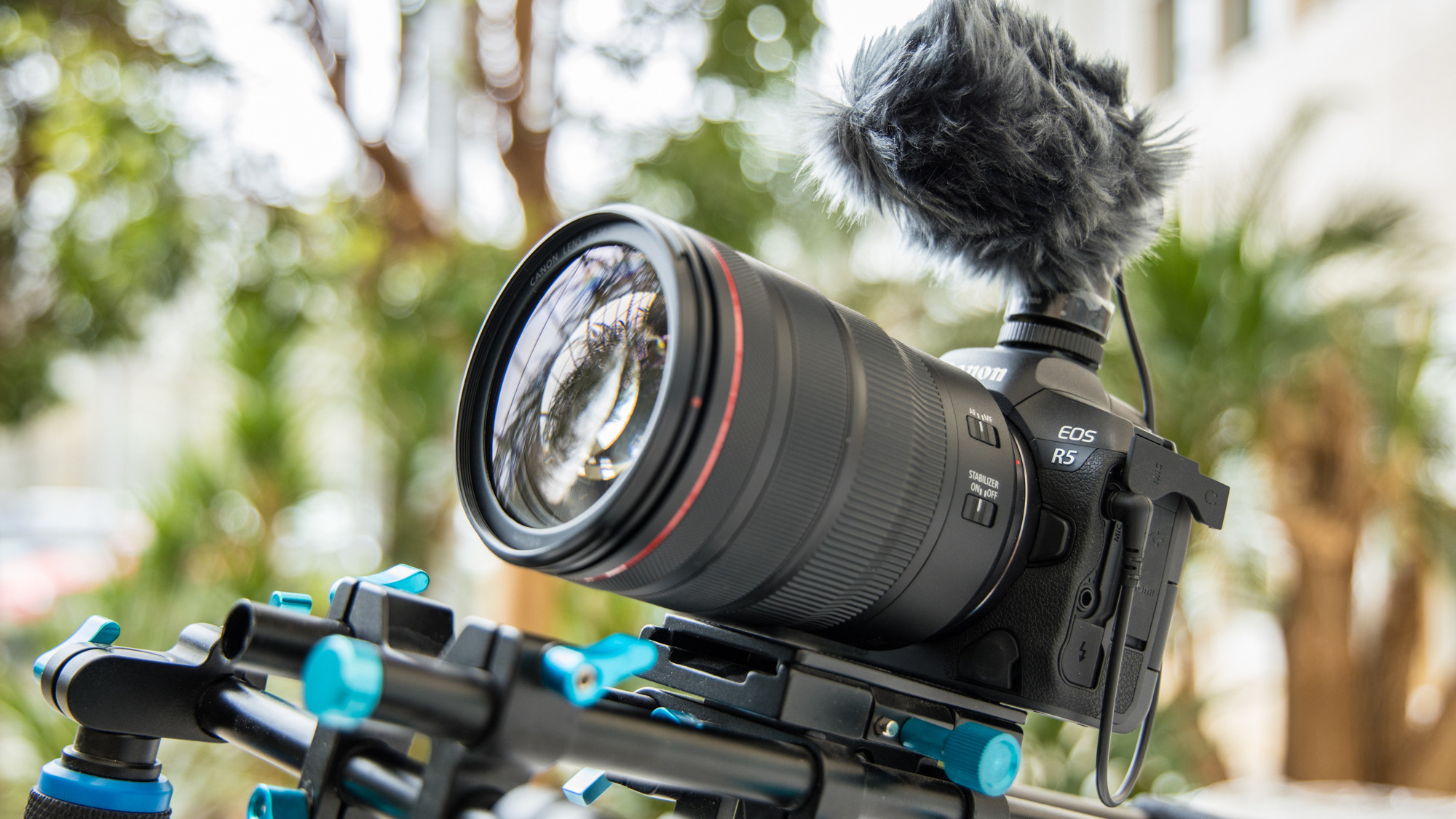What is Dual pixel AF and why is it important?
Get to grips with the different types of AF systems in cameras, and discover the advantages of Canon's Dual Pixel AF

When it comes to focusing, there are two different systems at work in most digital cameras, namely Phase Detection or Contrast Detection. It’s Phase Detection that generally allows for fast autofocusing on a moving subject. Contrast Detection – which is in operation when shooting in Live View on a DSLR – is slower but also very accurate.
For most action subjects you’d opt for shooting without using the LCD, but that doesn’t mean that you can manage without accurate and speedy focusing when using Contrast Detection, which is why Canon introduced Dual Pixel AF (DPAF) into its CMOS sensors in 2013. With 80% of the pixels on the sensor able to play a ‘double’ role, the technology aimed to improve autofocus speed – both for stills photography and shooting video.
Dual Pixel AF

DPAF basically means that every single pixel on the camera’s sensor has two separate, light-sensitive photodiodes, each one hosting its own micro lens, capable of working together or individually. Information is gathered and sent by each photodiode, then analysed to help achieve focus, but the same two individual signals are further combined into one for capturing the scene. This dual role happens in an instant and is what makes DPAF sensors different to other types.
DSLRs with DPAF should therefore be faster when it comes to focusing when working in Live View. For example, if you’re shooting a macro image where sometimes the lens ‘hunts’ for focus in Live View, with DPAF, the ability to achieve focus quickly is a huge bonus.
Dual Pixel AF for video

Dual Pixel AF particularly comes into its own when shooting video on a DSLR. For some DSLRs, being able to lock focus rapidly while shooting video has proved an issue, so film-makers have resorted to having to use manual focus a lot of the time. This of course can be a serious drawback, especially when recording moving subjects, or recording with a moving camera.
However, cameras with DPAF show excellent AF capabilities when shooting video. Combine this dual pixel AF ability with models that offer touch screen focusing, and the results are genuinely impressive when it comes to both locking focus and maintaining it on something that’s moving.
In early 2021, Samsung also announced its own dual pixel technology, known as Dual Pixel Pro. Although different, it works on a similar basis to improve a camera’s ability to focus accurately and quickly – even in poor lighting.
Get the Digital Camera World Newsletter
The best camera deals, reviews, product advice, and unmissable photography news, direct to your inbox!
Other camera makers use the same principle but a different approach. Sony, Fujifilm, Olympus and Nikon offer on-sensor phase-detect autofocus, but by using dedicated phase detect pixels in separate locations on the sensor. The end result is much the same.
Read more:
• Best Canon cameras
• Best DSLRs
• DSLR vs mirrorless cameras
• Best cameras for filmmaking
Andrew makes his living as a photographer, videographer and journalist. For 26 years he was a specialist magazine editor, the last 13 of which were on Practical Photography magazine. A long-time expert in photographic techniques across many disciplines, he's a self-confessed photo generalist, and a font of creative knowledge to capturing just about any subject, although he has a strong leaning to wildlife and travel photography. Andrew's wide-ranging photography experience means he authors the long-running Photo Answers section for Digital Camera Magazine. His work as a journalist, guide and educator dovetails neatly into his commitment to Foto-Buzz - an online subscription community he founded, where Andrew writes articles, films tutorials and records blogs on all manner of photo-related subjects and techniques for enthusiast photographers.

